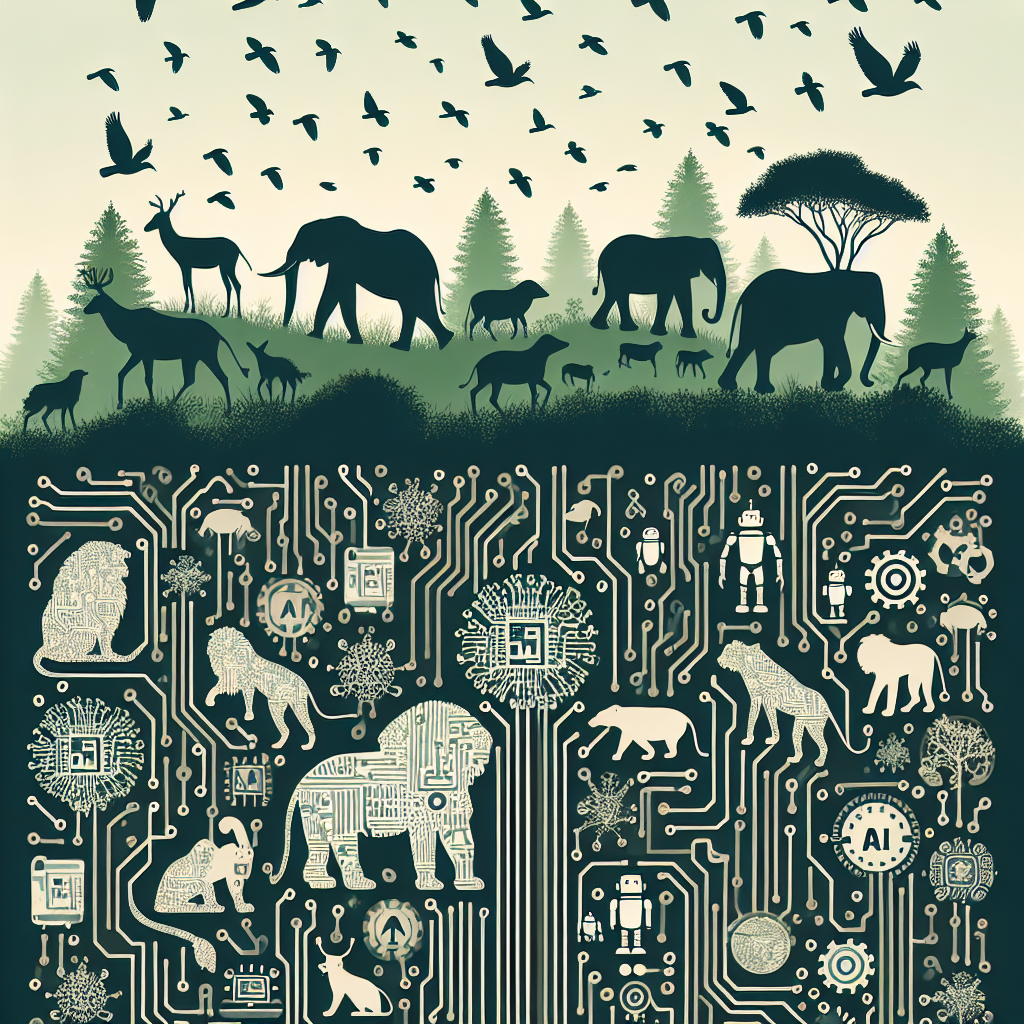With the rapid advancements in technology, artificial intelligence (AI) is being utilized in various fields to improve efficiency and effectiveness. One such field where AI is making a significant impact is wildlife conservation. By implementing AI tools, conservationists are able to better monitor and protect endangered species, track illegal poaching activities, and analyze data to make informed decisions for conservation efforts.
AI tools are being used in a variety of ways for wildlife conservation efforts. One common application is in the monitoring of endangered species. By using AI-powered cameras and drones, conservationists are able to track and monitor animals in their natural habitats without disturbing them. These tools can help identify individual animals, track their movements, and gather valuable data on their behavior and population size.
Another important use of AI in wildlife conservation is in the fight against illegal poaching. Poaching is a major threat to many endangered species, and conservationists are using AI tools to help combat this illegal activity. By analyzing data from satellite imagery, drones, and other sources, AI can help identify poaching hotspots, track the movements of poachers, and alert authorities to suspicious activity in real-time.
AI is also being used to analyze large amounts of data to help conservationists make more informed decisions. By using machine learning algorithms, AI can process and analyze vast amounts of data on species populations, habitat loss, climate change, and other factors that impact wildlife conservation. This information can help conservationists identify areas that need urgent attention, prioritize conservation efforts, and develop strategies to protect endangered species.
Overall, the implementation of AI tools in wildlife conservation efforts has the potential to revolutionize the way we protect and preserve our natural world. By harnessing the power of AI, conservationists are able to monitor and protect endangered species more effectively, track illegal poaching activities, and make informed decisions based on data-driven insights.
FAQs:
Q: What are some examples of AI tools being used in wildlife conservation efforts?
A: Some examples of AI tools being used in wildlife conservation efforts include AI-powered cameras and drones for monitoring endangered species, machine learning algorithms for analyzing data on population trends, and satellite imagery analysis for tracking illegal poaching activities.
Q: How does AI help in the fight against illegal poaching?
A: AI helps in the fight against illegal poaching by analyzing data from various sources to identify poaching hotspots, track the movements of poachers, and alert authorities to suspicious activity in real-time. This information can help law enforcement agencies take immediate action to stop poaching activities and protect endangered species.
Q: What are the benefits of using AI tools in wildlife conservation efforts?
A: The benefits of using AI tools in wildlife conservation efforts include improved monitoring and protection of endangered species, better tracking of illegal poaching activities, and more informed decision-making based on data-driven insights. By harnessing the power of AI, conservationists are able to make a greater impact in protecting our natural world.
Q: Are there any challenges to implementing AI tools in wildlife conservation efforts?
A: Some challenges to implementing AI tools in wildlife conservation efforts include the high cost of technology, the need for specialized training to use AI tools effectively, and potential ethical concerns related to privacy and data security. However, with proper planning and support, these challenges can be overcome to harness the full potential of AI in wildlife conservation.

